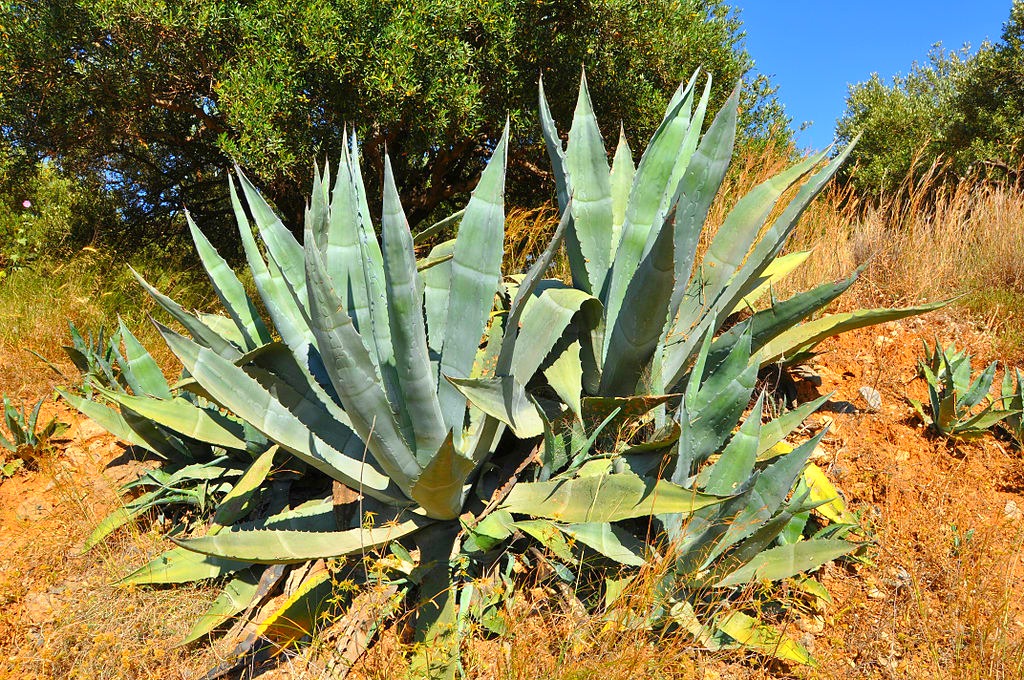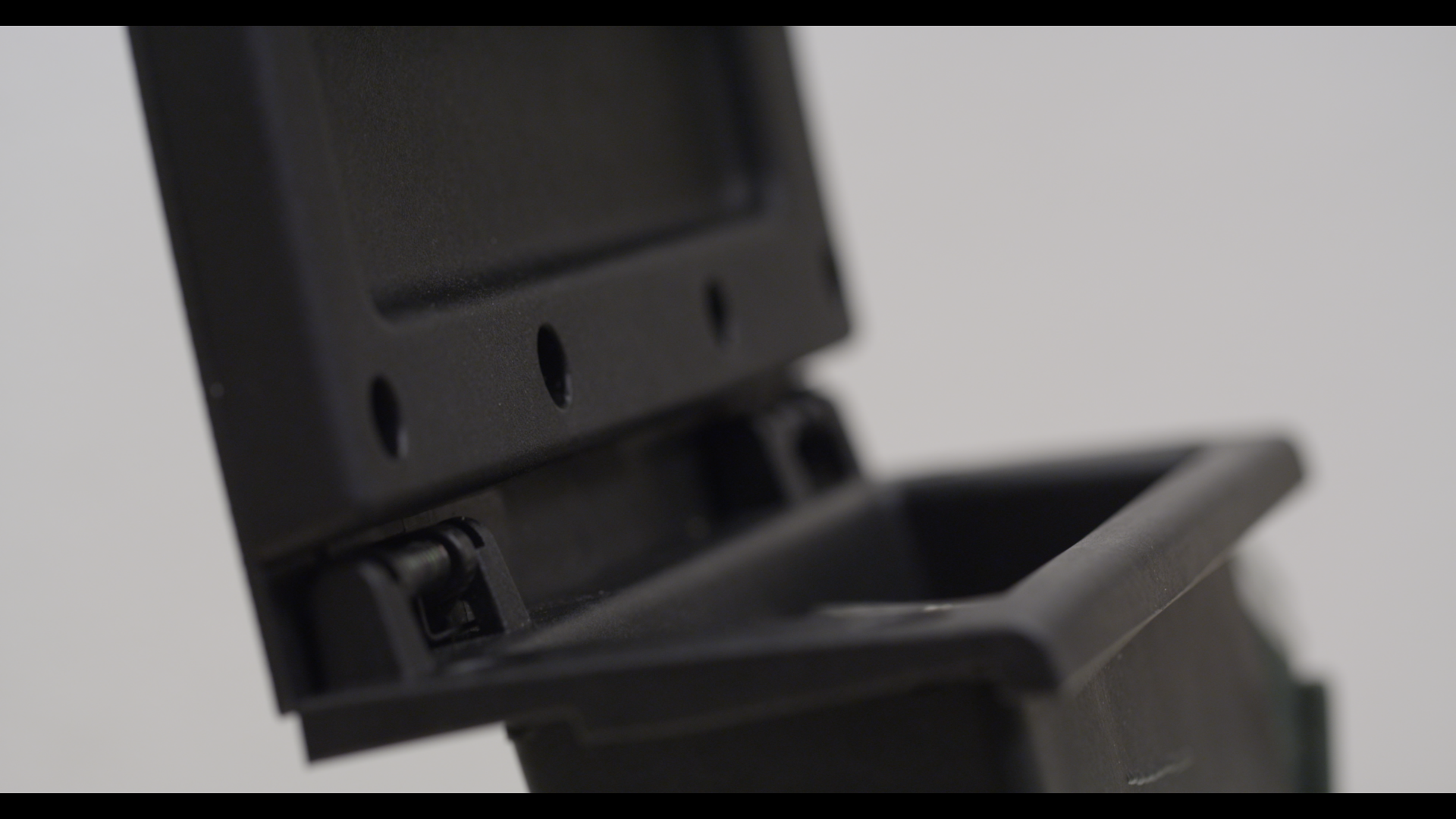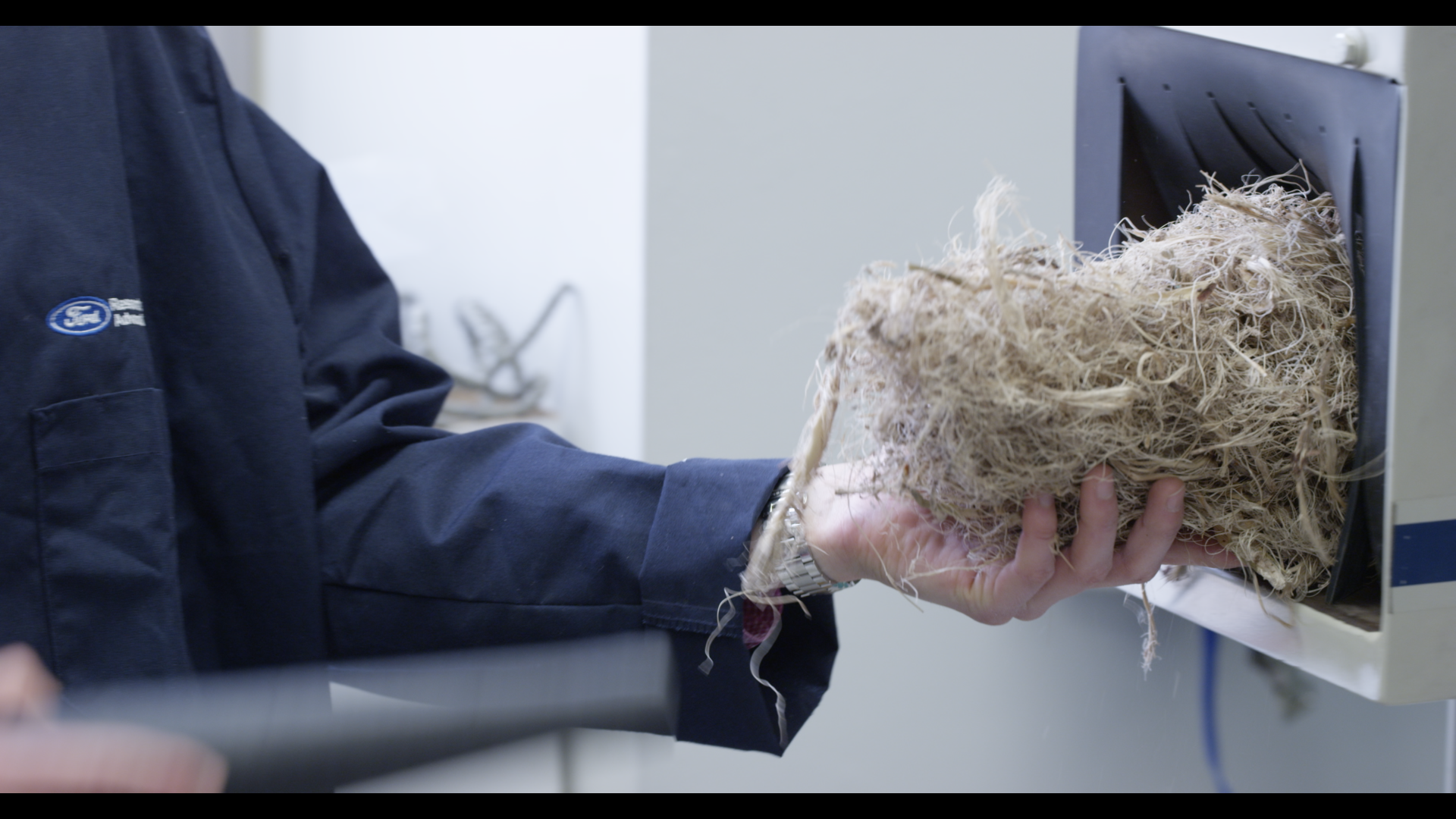
Happy Tequila Day! Did You Know Plastics Can Be Made from Tequila By-Products?

I had never thought of it either, until I saw it when I was in Mexico last. You know how agave plants are these huge, spiny desert lovelies, and you know that they are somehow processed into magical, delicious tequila (or, my personal favorite, mezcal)? Well, there’s a bunch of waste that comes out of that process, namely the fibers from the agave plant once the juices are extracted from it. Usually, all that fiber just gets tossed, but turns out, it can be used to make bioplastics.
As part of their forward-looking sustainability plans, Ford Motor Company has teamed up with Jose Cuervo to figure out how to use the waste agave fiber to make bioplastics for Fords cars and trucks.
How does it work?
The growth cycle of the agave plant is a minimum seven-year process. Once harvested, the heart of the plant is roasted, before grinding and extracting its juices for distillation. Jose Cuervo uses a portion of the remaining agave fibers as compost for its farms, and local artisans make crafts and agave paper from the remnants.
What can they make from this bioplastic? Everything from vehicle interior and exterior components such as wiring harnesses, HVAC units and storage bins (like the one below).

And not only will it be reusing materials that would otherwise be wasted, but developing a sustainable composite could reduce vehicle weight and lower energy consumption, and reduce the use of petrochemicals and in so doing, the impact of vehicle production on the environment.
“At Ford, we aim to reduce our impact on the environment,” said Debbie Mielewski, Ford senior technical leader, sustainability research department. “As a leader in the sustainability space, we are developing new technologies to efficiently employ discarded materials and fibers, while potentially reducing the use of petrochemicals and light-weighting our vehicles for desired fuel economy.”
According to the United Nations Environment Programme’s WasteAgriculturalBiomassEST_Compendium:
5 billion metric tons of agricultural biomass waste is produced annually. A byproduct of agriculture, the supply of materials is abundant and often underutilized. Yet the materials can be relatively low cost, and can help manufacturers to offset the use of glass fibers and talc for more sustainable, lightweight products.

That’s what the agave fiber looks like before it’s processed into bioplastics.
Ford began researching the use of sustainable materials in its vehicles in 2000. Today, the automaker uses eight sustainable-based materials in its vehicles including soy foam, castor oil, wheat straw, kenaf fiber, cellulose, wood, coconut fiber and rice hulls.
“There are about 400 pounds of plastic on a typical car,” said Mielewksi. “Our job is to find the right place for a green composite like this to help our impact on the planet. It is work that I’m really proud of, and it could have broad impact across numerous industries.”
This partnership is part of Cuervo’s long-term sustainability plan too: “As the world’s No. 1-selling tequila, we could never have imagined the hundreds of agave plants we were cultivating as a small family business would eventually multiply to millions. This collaboration brings two great companies together to develop innovative, earth-conscious materials,” said Sonia Espinola, director of heritage for Cuervo Foundation and master tequilera.





